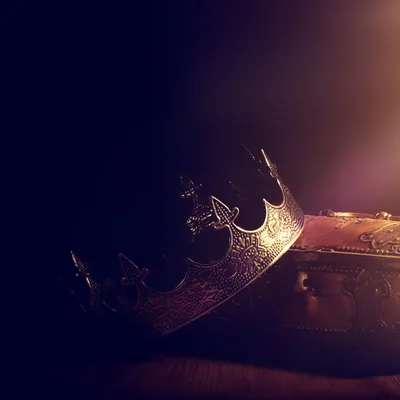Overview
The Scarlet Brotherhood was until recently a secret, apparently isolated power in the Flanaess. If reports from northern spies (often suffering climate-induced fever, insect-borne disease, or worse) can be believed, the Scarlet Brotherhood controls the whole of the vast Tilvanot Peninsula, from the confluence of Vast Swamp and Spine Ridge to the immense tropical island of Lof Bosok, off the northeast coast of the mainland.
The nation’s capital, said to be a marvelous walled city, has seldom been seen by foreign eyes. It is believed to be hidden somewhere on the massive Okalasna Plateau. The formerly closed port city of Kro Terlep now welcomes ships from distant ports, though few sea captains brave waters rife with piracy and sea monsters to trade with the Brotherhood.
Many in the north speculate that the Brotherhood boasts an impressive standing army within its own borders, but little is known for certain. Many nations have met the impressive navy of the Brotherhood, which as often as not is supported by independent ships from elsewhere.
Brothers of the Scarlet Sign — Stirred from Isolation
Prior to the last decade, few save the folk of Sunndi paid much attention to the inhabitants of the Tilvanot Peninsula. Humans of pure Suloise stock, the southerners appeared to lead simple lives, taming their land as plantation farmers, trading but little with the outside world. To the Sunnd, their isolation seemed a natural result of the Spine Ridge and Vast Swamp cutting the Tilvanot from the rest of the world. In 573 CY, however, red-robed ambassadors from the south appeared in the courts of the Iron League. Speaking in whispers, they offered their services to the merchant lords, announcing themselves as peaceful envoys of the Scarlet Brotherhood, representatives of the kingdom of Shar, an Ancient Suloise word meaning “purity.” The arrival of the Brothers of the Scarlet Sign triggered curiosity, of course, and in short order spies were sent to the Tilvanot. Few agents returned to their masters. Those who did told of an agrarian society along the coasts that farmed far more than it could consume, with huge shipments of crop sent to the plateau at the center of the peninsula.
The farmers, it was said, were kept in line by orderly monks in red robes, men and women who had on occasion displayed unimaginable acts of unarmed martial prowess. These monks kept the populace in order, making examples of those few who would defy their orders.
The organization of the Brotherhood, they reported, is divided into three tiers, with monks at the pinnacle of the order, followed in rank by assassins and thieves. The leader of the thieves is called “Elder Cousin,” that of the assassins is known as “Foster Uncle.” Lesser members of each order are, respectively, cousins and nephews.
/src/campaigns/278979/9d77d667-2880-45fd-836f-02470deaa940.webp)
